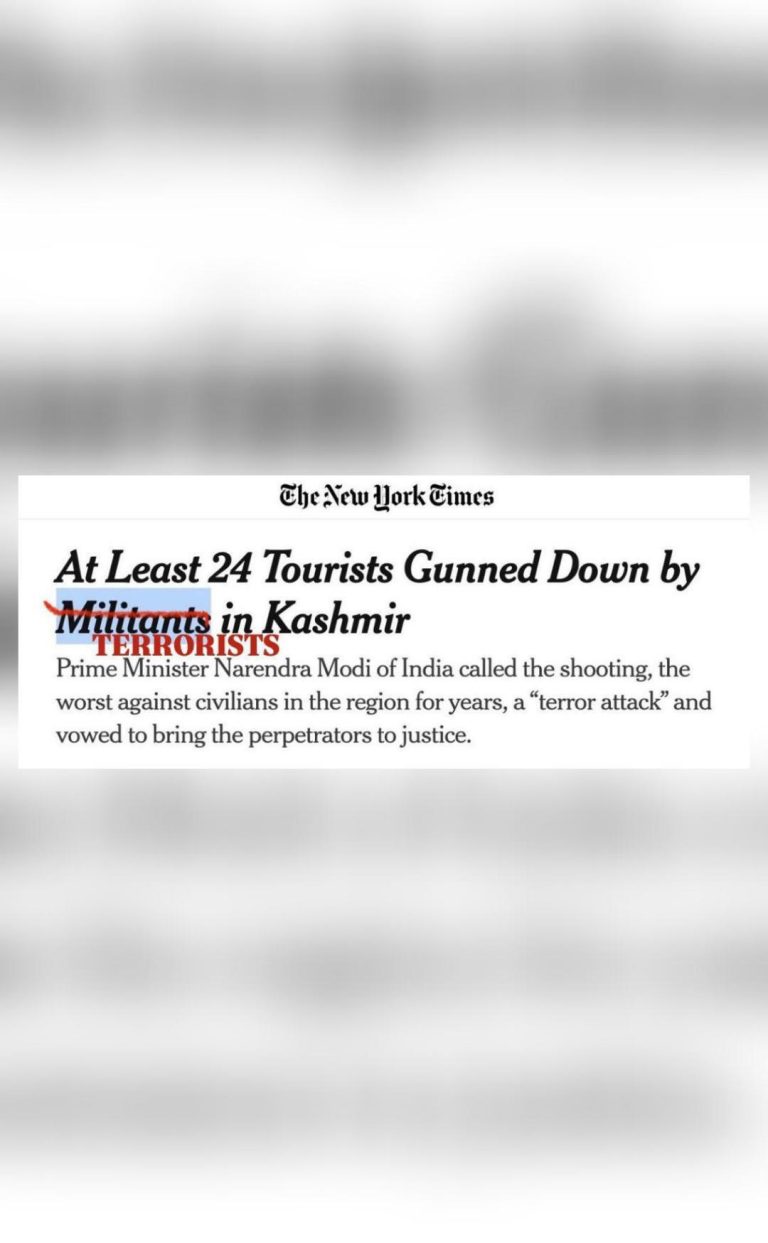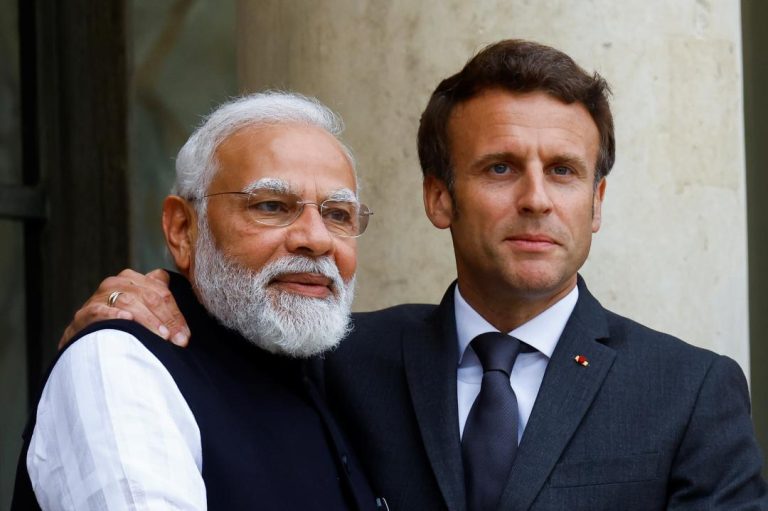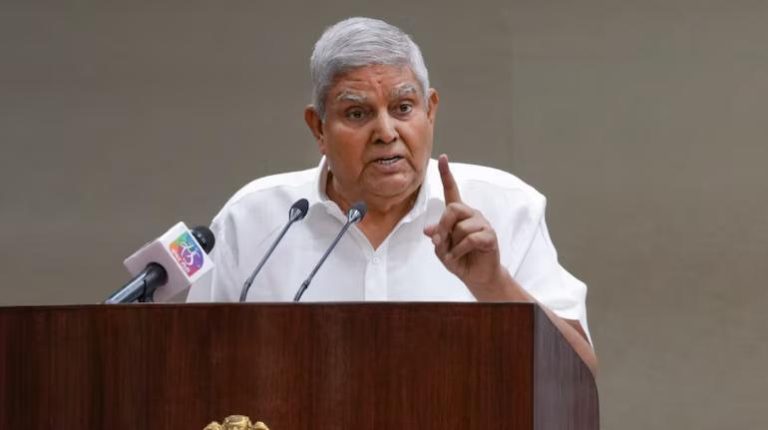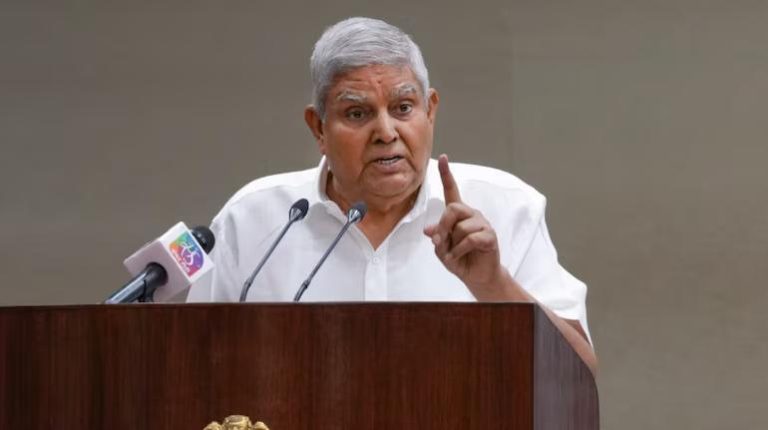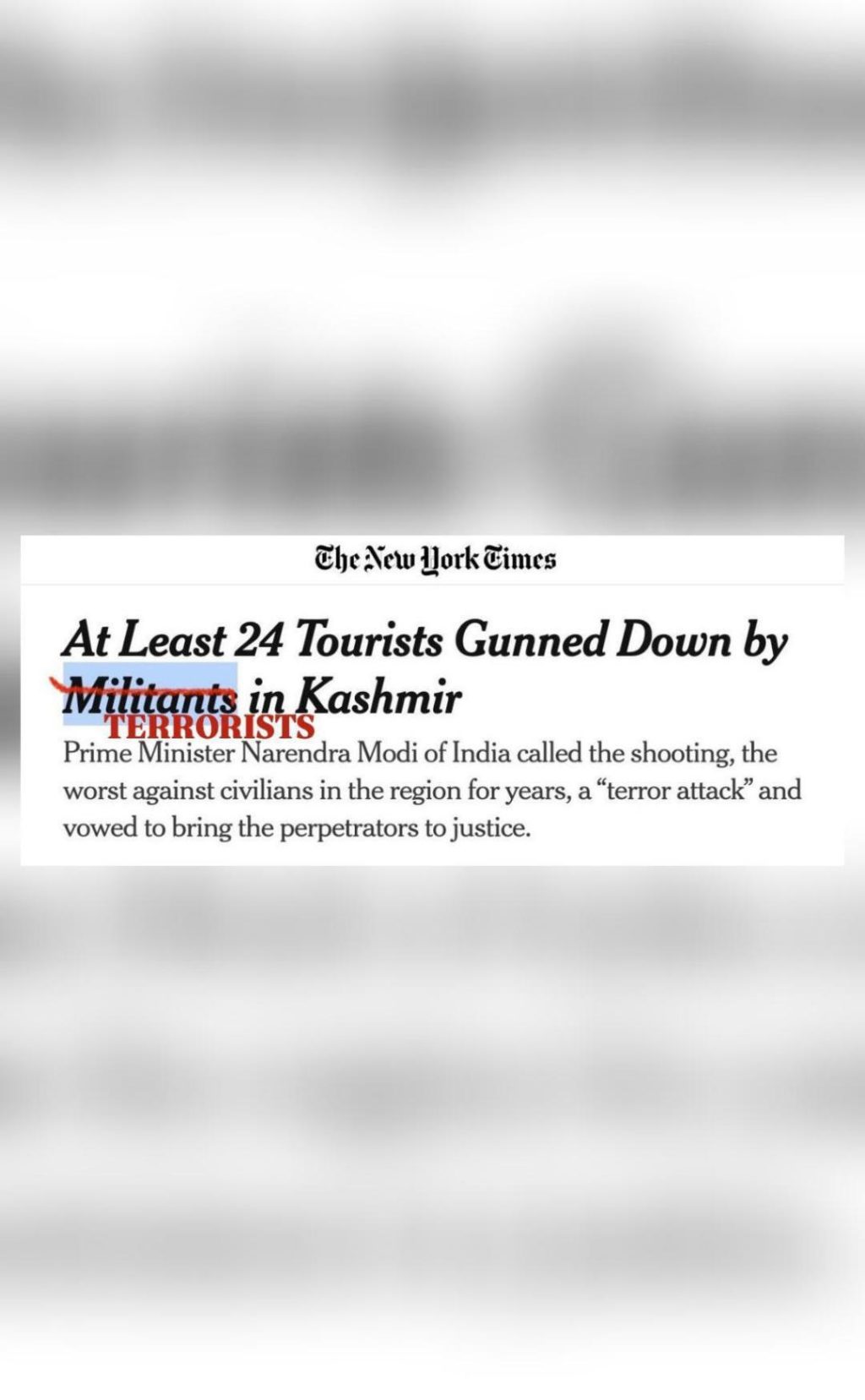
Hey NYT, fixed it for you: US committee after news portal calls J&K terrorists ‘militants’
In an unprecedented move, the US House Committee on Foreign Affairs took to social media to “fix” a New York Times article that referred to terrorists behind an attack in Jammu and Kashmir’s Pahalgam as “militants”. The incident has sparked a heated debate on terrorism and the media’s role in reporting it.
The committee, led by Republican Representative Michael McCaul, shared a screenshot of the New York Times article on Twitter, which described the attack as a “militant attack” on the tourist town of Pahalgam. In response, the committee’s tweet read: “Hey NYT, we fixed it for you…This was a TERRORIST ATTACK plain and simple…Whether it’s India or Israel, when it comes to TERRORISM, NYT is removed from reality.” The post was accompanied by a redacted version of the article with the word “militant” changed to “terrorist”.
The controversy surrounding the article highlights the nuanced and often controversial nature of reporting on terrorism, particularly in regions like Jammu and Kashmir, where the line between militant groups and terrorist organizations can be blurry. The New York Times has faced criticism in the past for its reporting on terrorism, with some accusing the publication of downplaying or apologizing for terrorist attacks.
The Pahalgam attack, which occurred on August 31, was a brazen assault on a tourist hotspot, resulting in the deaths of three Indian soldiers and injuring several others. The incident was widely condemned by governments and international organizations, with many calling it a terrorist attack.
The US House Committee on Foreign Affairs’ reaction to the New York Times article has sparked a heated debate on social media, with many users siding with the committee’s stance. One user tweeted: “The NYT’s attempt to downplay terrorism is staggering. It’s not about ‘militants’, it’s about TERRORISTS who seek to harm innocent people. The committee is right to call out this kind of reporting.”
On the other hand, some users have defended the New York Times, arguing that the term “militant” is often used to describe groups that are fighting against occupation or oppression. “The NYT is not trying to downplay terrorism, it’s trying to provide context,” one user tweeted. “The distinction between ‘militant’ and ‘terrorist’ is important, especially in regions where there are complex political and social dynamics at play.”
The debate highlights the challenges of reporting on terrorism, particularly in regions like Jammu and Kashmir, where the conflict is often characterized by multiple narratives and competing interests. The US House Committee on Foreign Affairs’ reaction to the New York Times article has sparked a wider conversation about the media’s role in reporting on terrorism and the importance of accuracy and context in journalism.
The incident also raises questions about the role of social media in shaping public opinion and influencing the way we consume news. The committee’s tweet, which has been widely shared and discussed, has become a lightning rod for debate and has put pressure on the New York Times to re-examine its reporting on terrorism.
In conclusion, the US House Committee on Foreign Affairs’ reaction to the New York Times article highlights the importance of accurate and responsible reporting on terrorism. The incident serves as a reminder of the challenges of reporting on complex and sensitive issues, and the need for journalists to provide context and nuance in their reporting.
While the committee’s tweet may have been provocative, it has also sparked an important conversation about the media’s role in reporting on terrorism and the importance of accuracy and context in journalism. As we move forward, it is essential that we continue to prioritize these values and hold journalists and policymakers accountable for their actions.
Source: https://x.com/HouseForeignGOP/status/1914843415793095043

